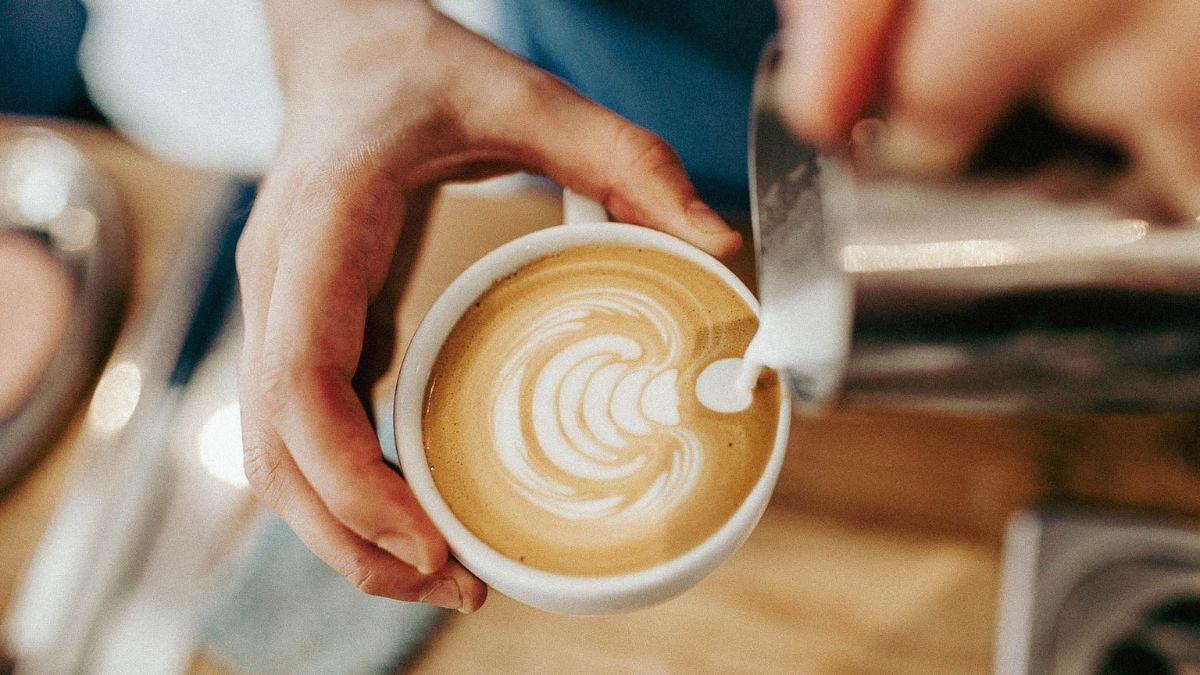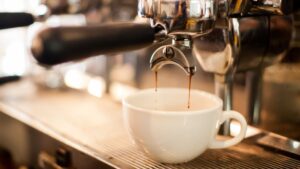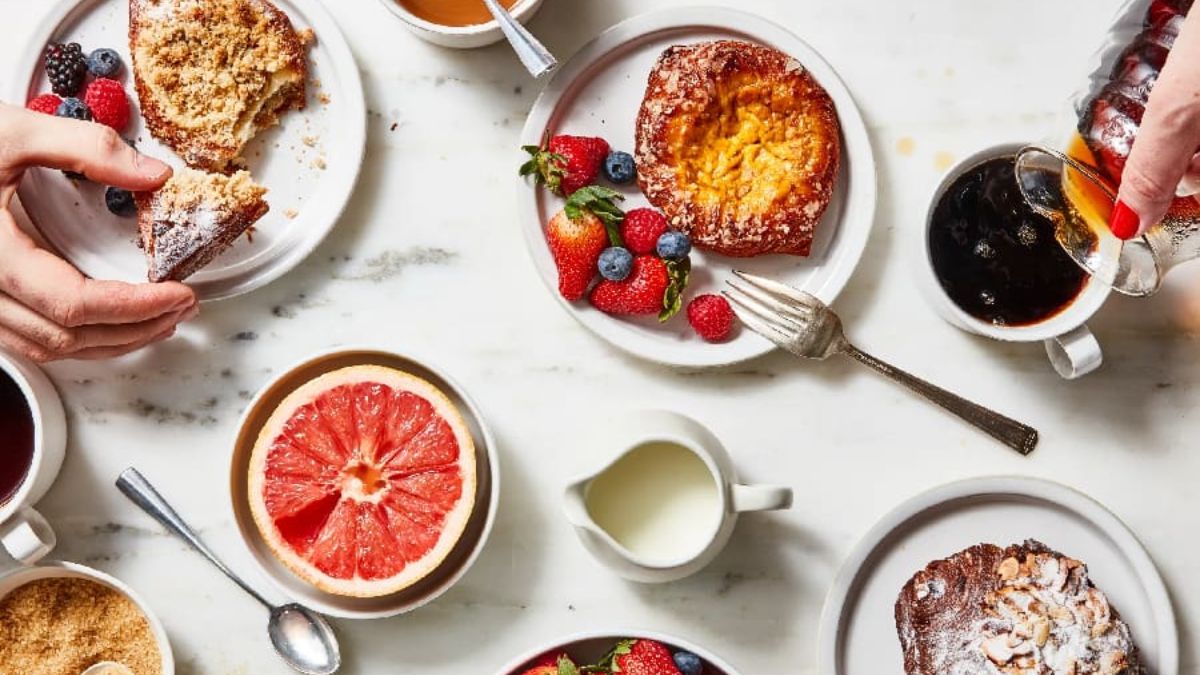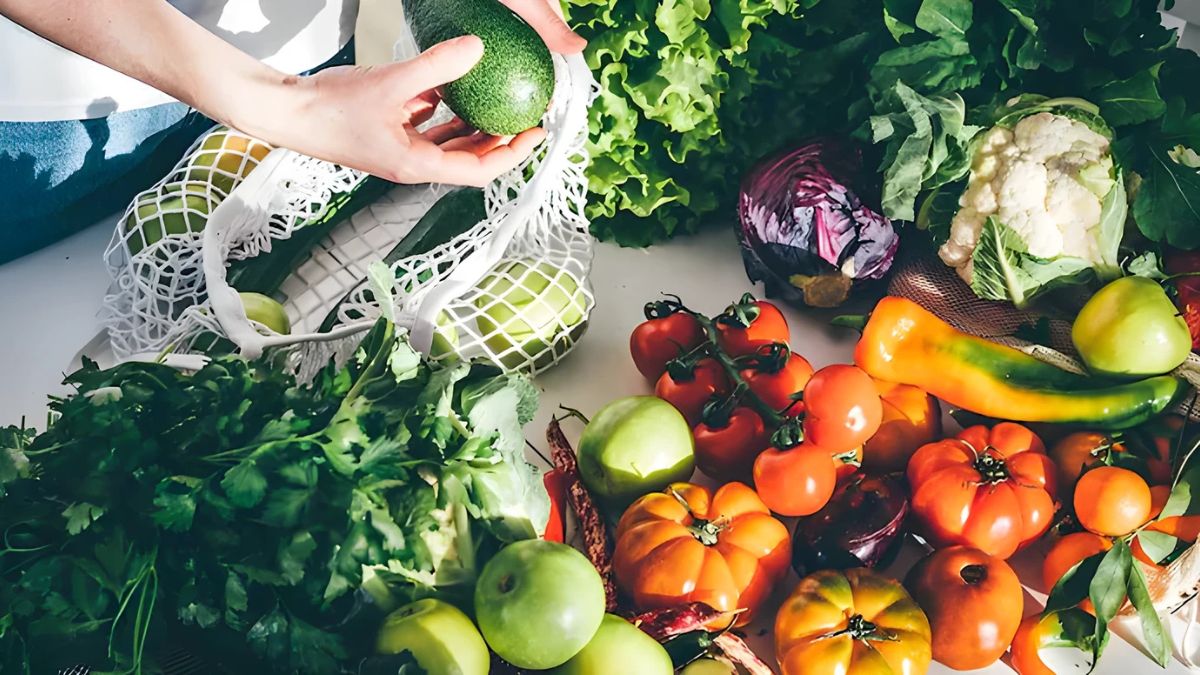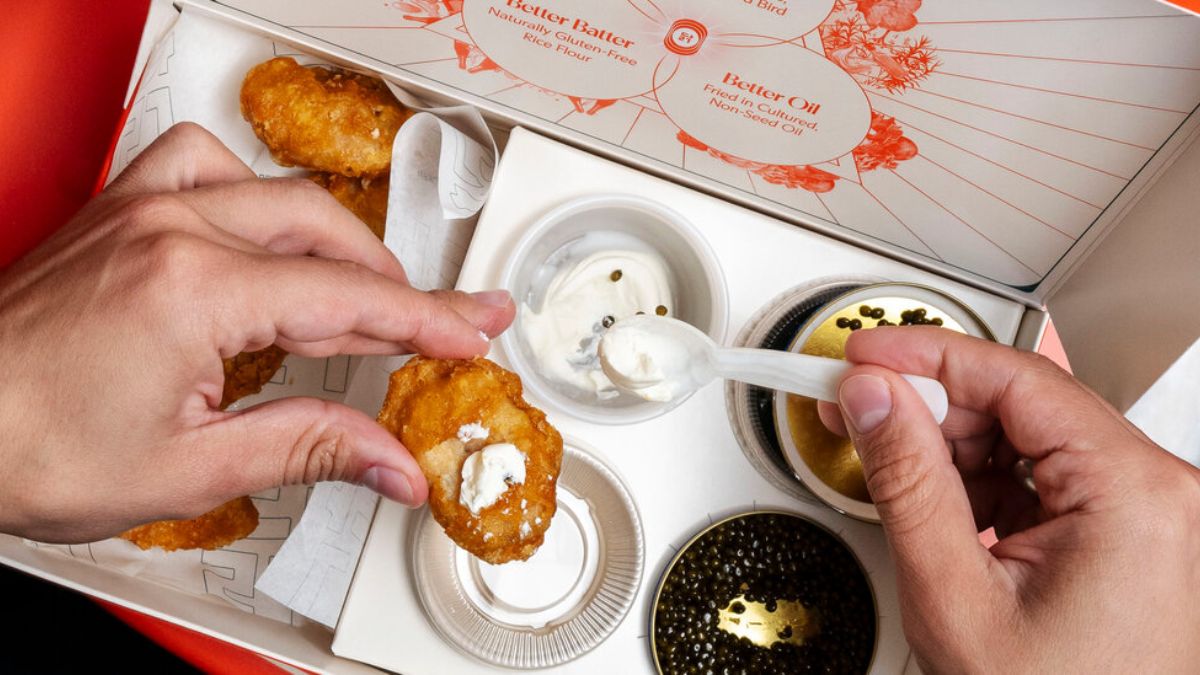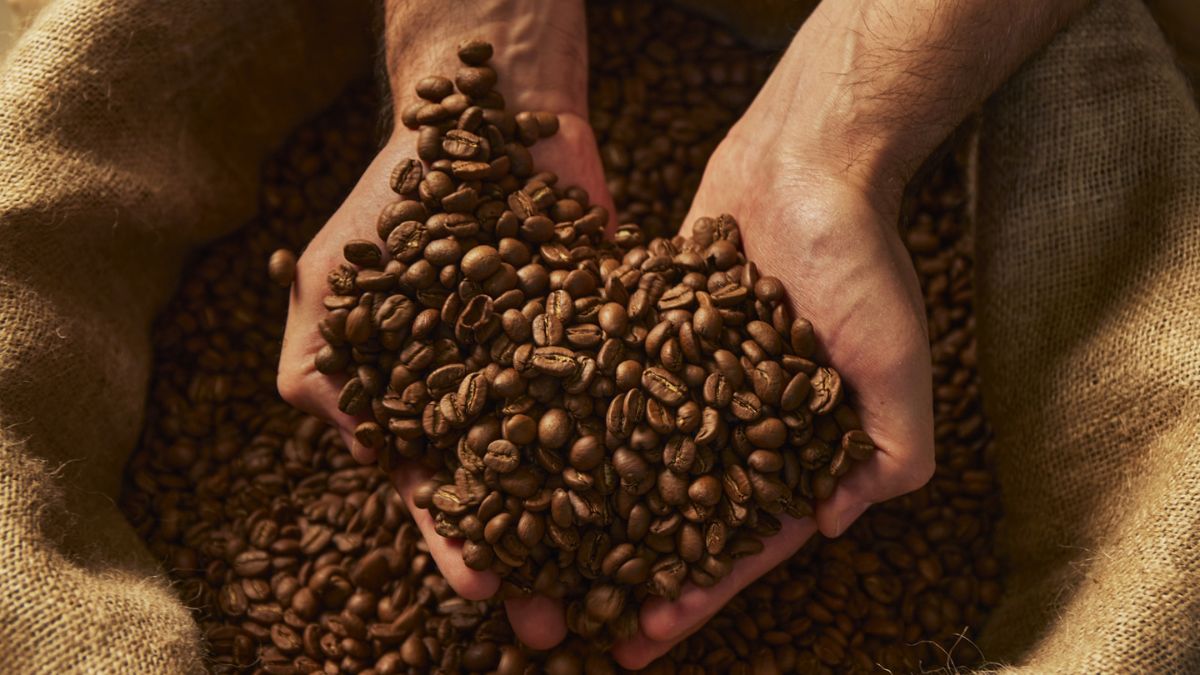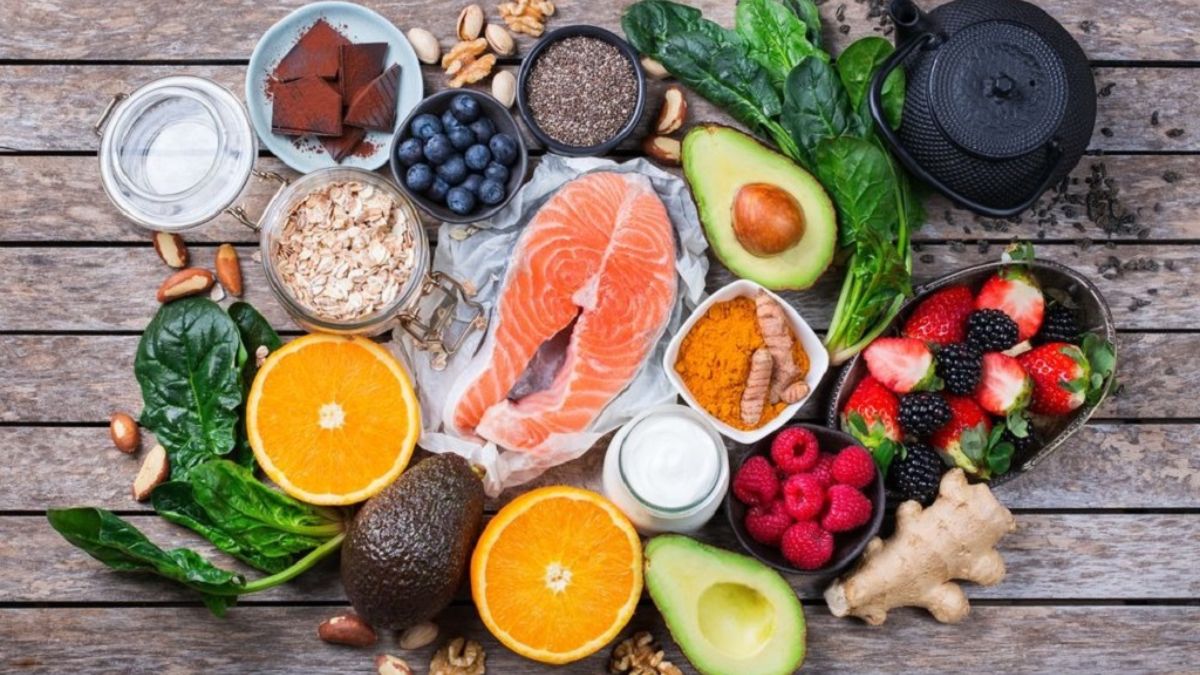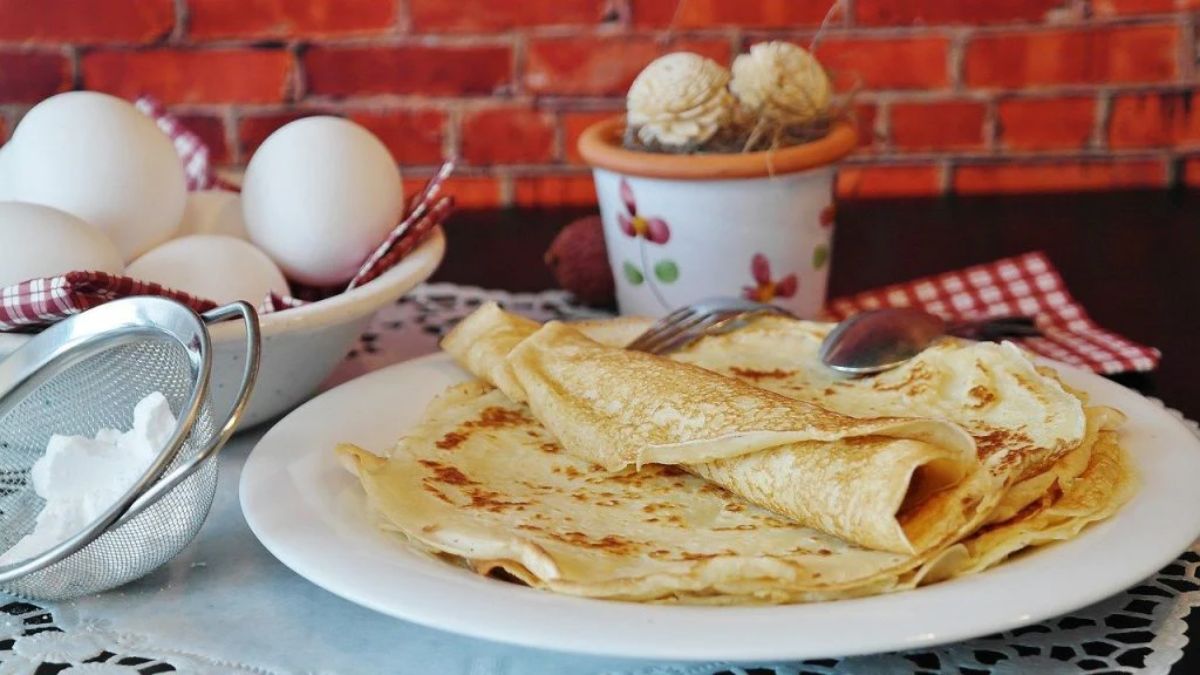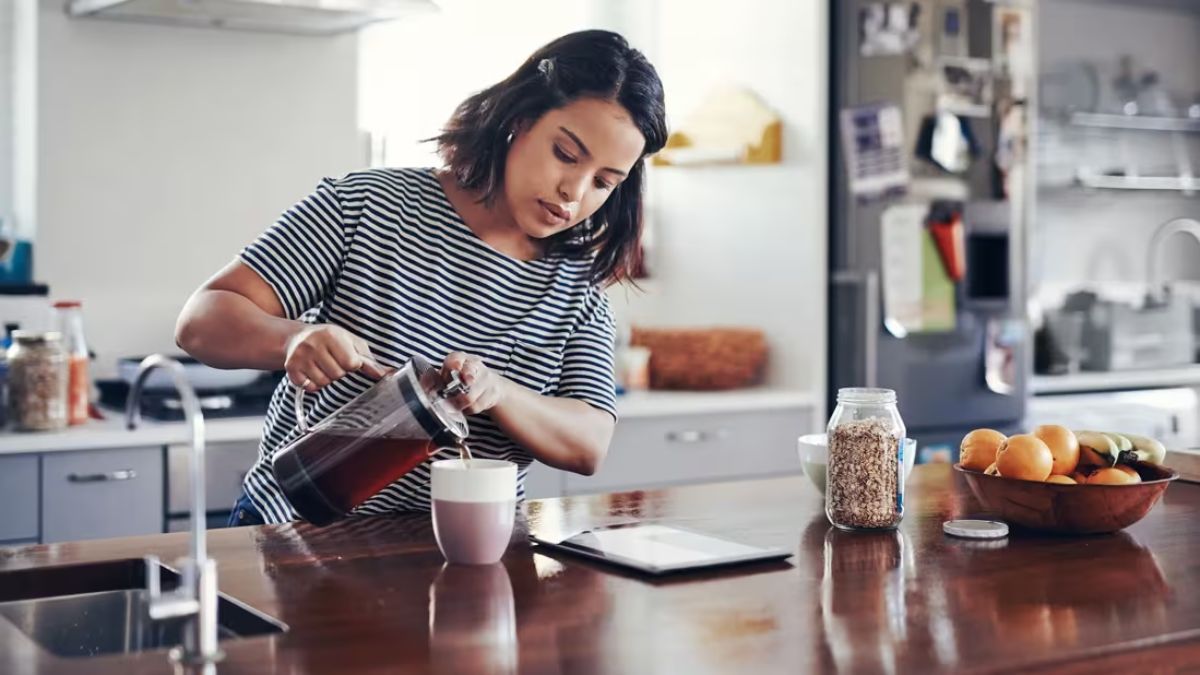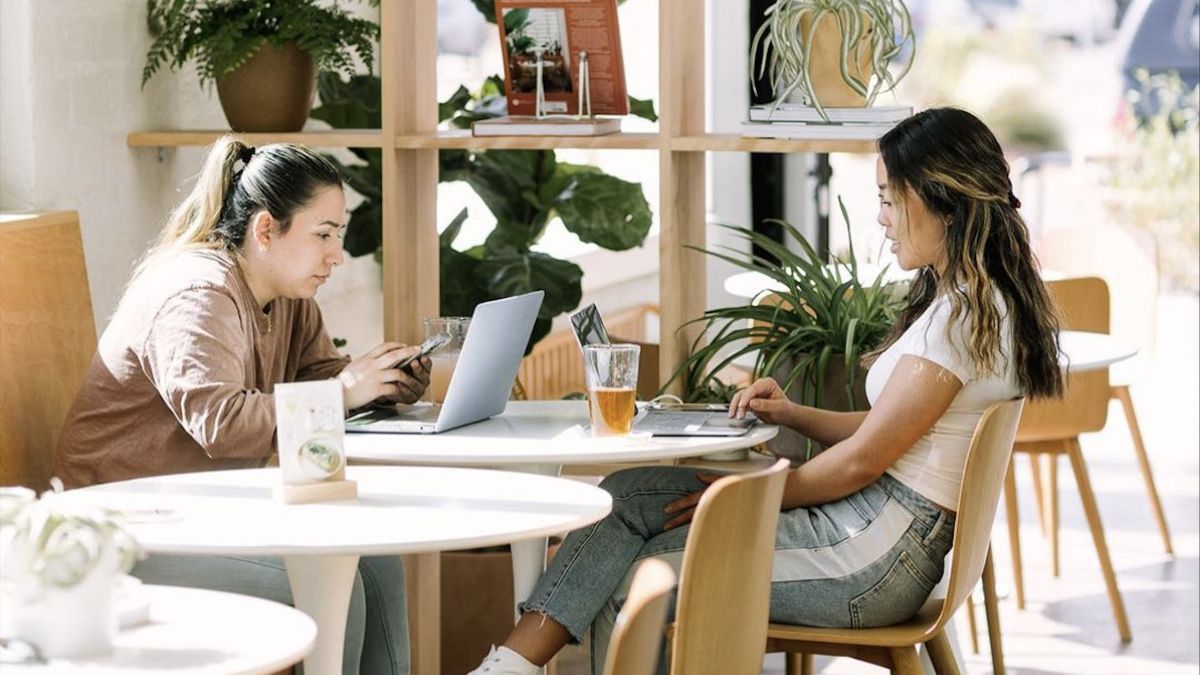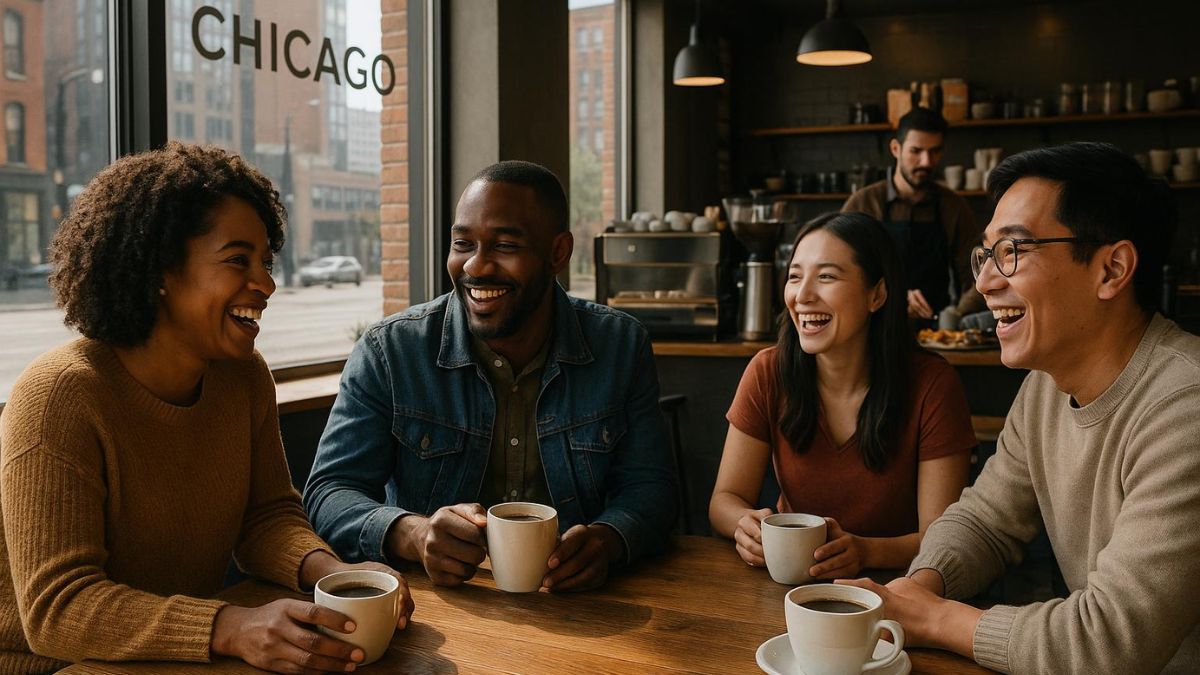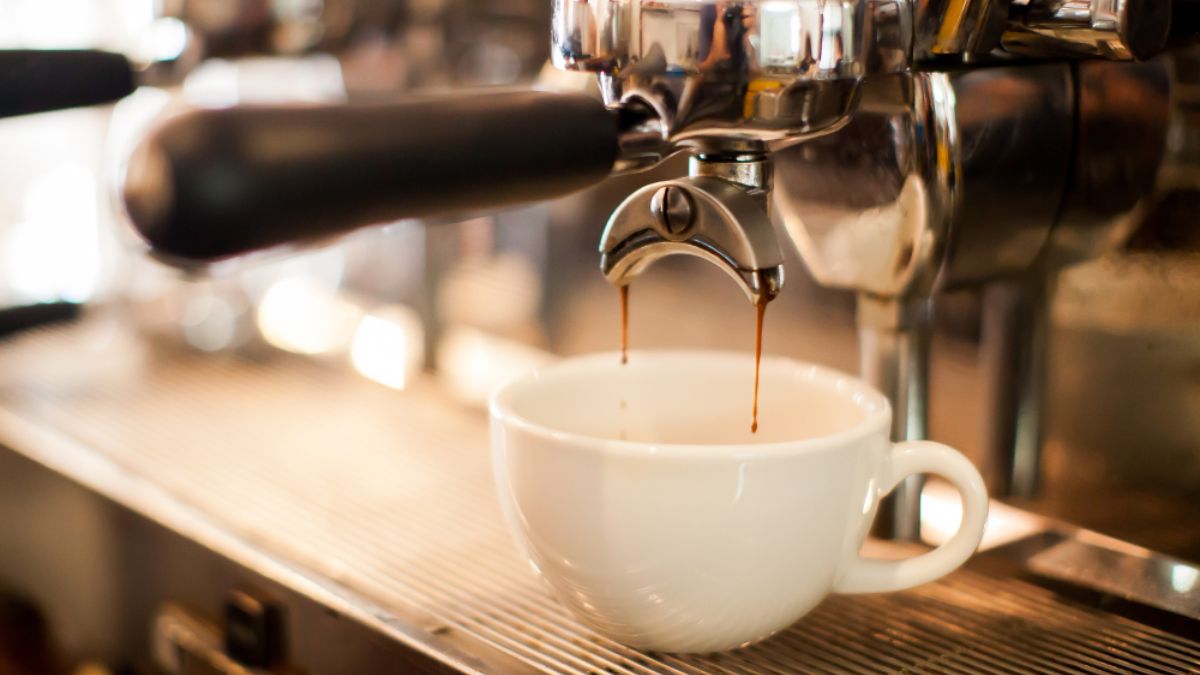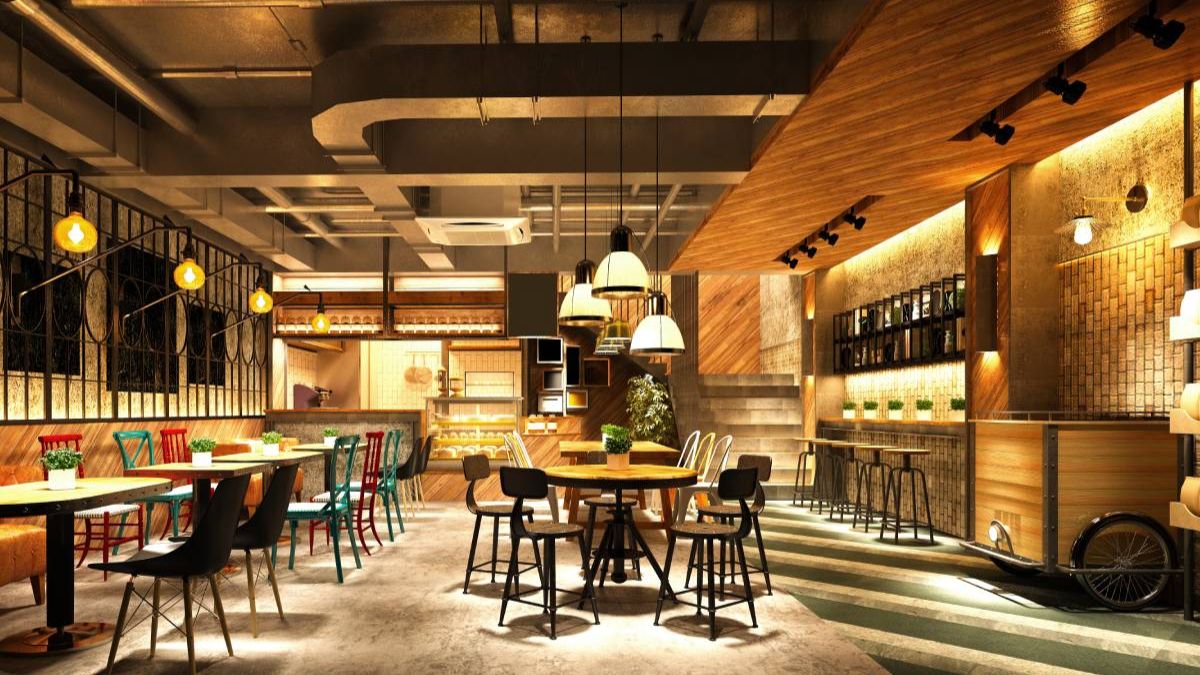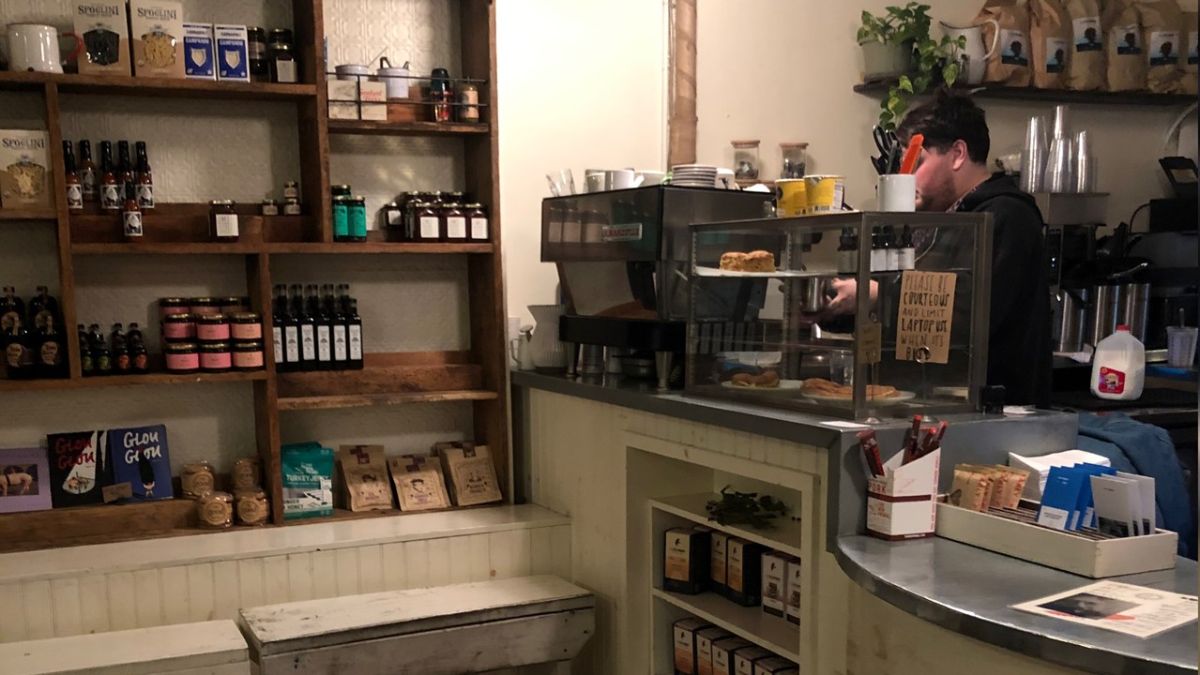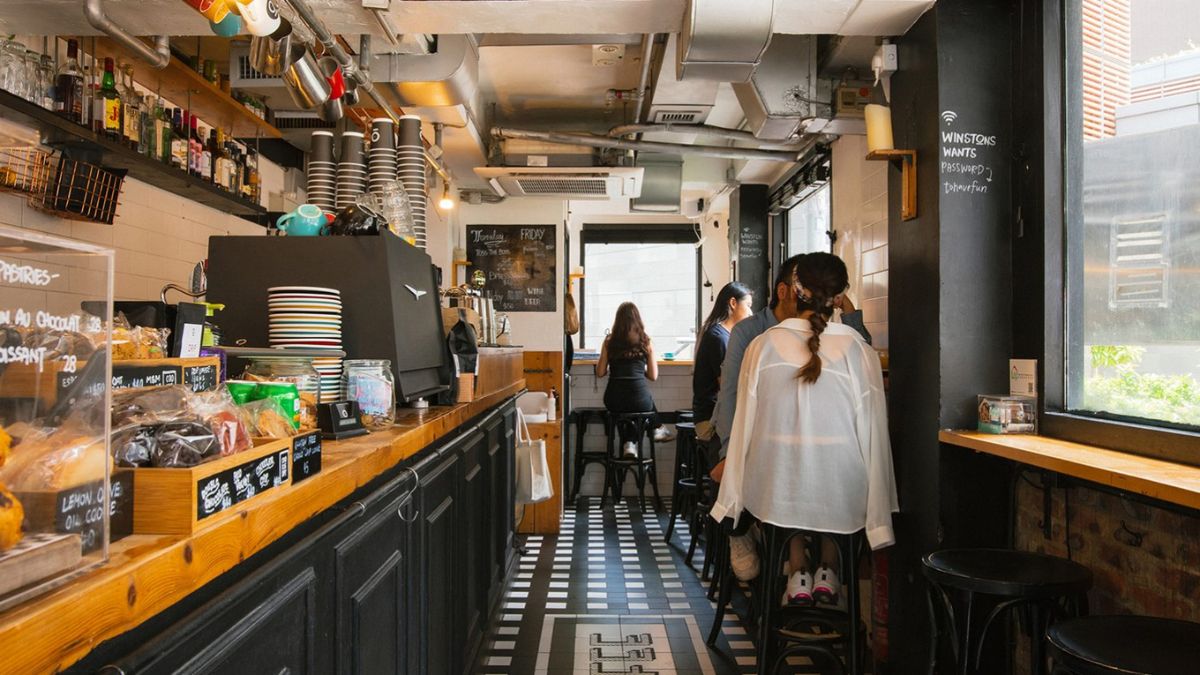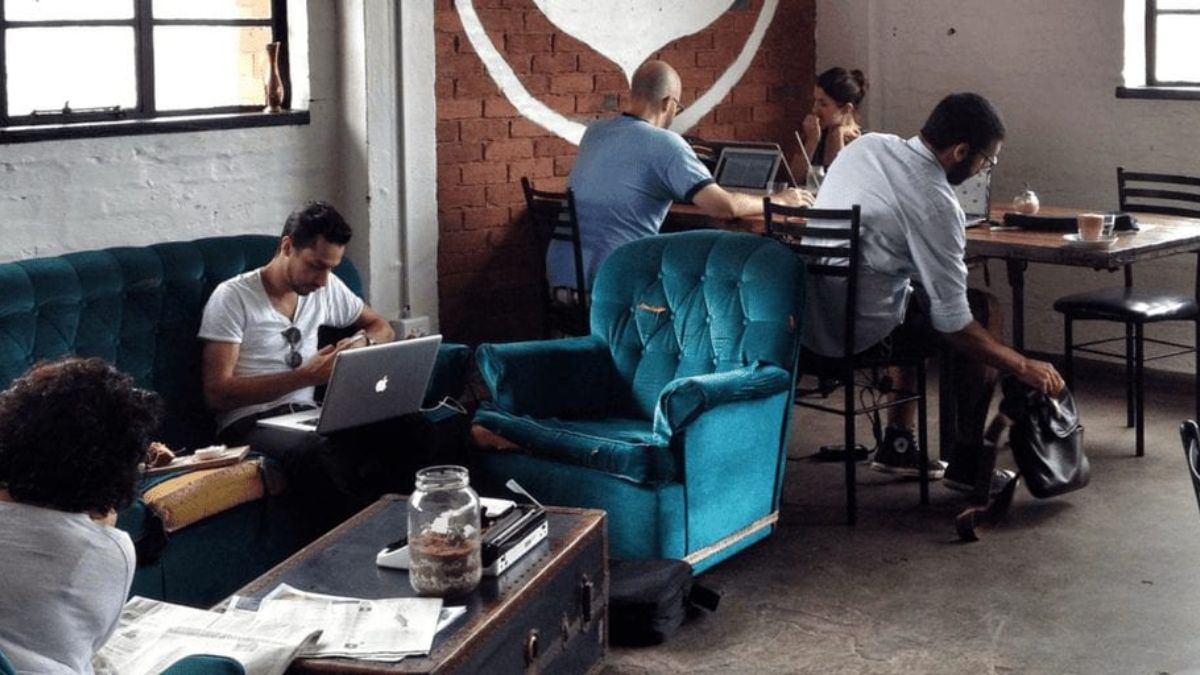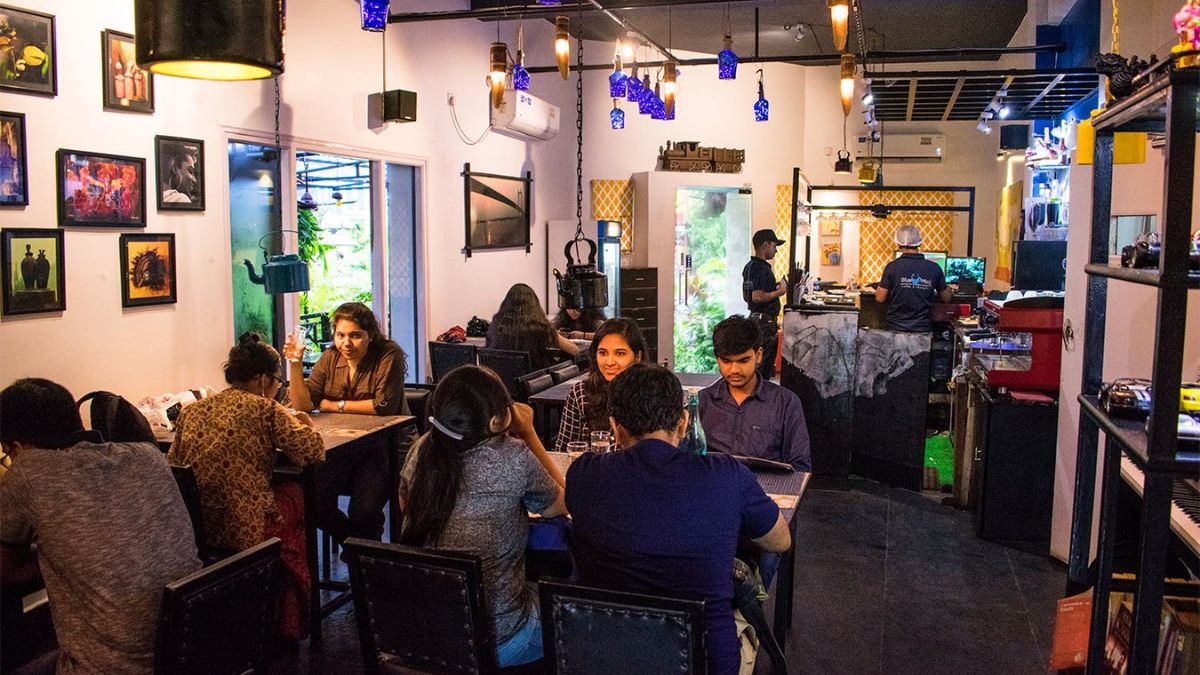Ever sip a latte that feels like a warm hug in a cup? That perfect balance of creamy milk, bold espresso, and silky foam isn’t magic—it’s skill. And behind every dreamy latte is a barista who’s nailed the craft.
Whether you’re a home brewer or just curious about what goes into your morning cup, these barista-approved tips will have you appreciating (or making) the perfect latte in no time.
Beans
It all starts with the beans. Great espresso means using freshly roasted coffee—ideally within two to three weeks of roasting. Baristas don’t just grab any dark roast. They choose blends that have depth, low acidity, and natural sweetness.
Look for beans labeled specifically for espresso or medium to dark roasts with notes of chocolate, caramel, or nuts. And always grind fresh. Pre-ground coffee loses flavor fast, and that can flatten your entire latte experience.
Espresso
Pulling the perfect shot is where the art really begins. Baristas obsess over things like grind size, water temperature, and pressure. But at home, you can simplify the process with a good espresso machine or a manual espresso maker.
Here’s what to aim for:
- 18–20 grams of coffee per double shot
- A brew time of 25–30 seconds
- A golden, syrupy crema on top
If your espresso tastes sour, it’s probably under-extracted. Bitter? It’s likely over-extracted. Dial in the grind until you get a balanced, rich flavor.
Milk
This is where most people mess up. Steamed milk isn’t just hot milk—it’s a silky, velvety texture that takes skill to achieve. Baristas use cold, fresh milk and a steam wand to create microfoam, which gives that luxurious mouthfeel.
Whether you’re using whole milk, oat milk, or almond, the goal is the same: soft foam without big bubbles. You want the milk to swirl like wet paint, not puff up like a bubble bath.
Technique
Barista tip: it’s not just how you steam—it’s how you pour. The secret to a stunning latte lies in the latte art pour. Start slow, tilt your cup slightly, and pour close to the surface. This helps the foam rise and form shapes like hearts, tulips, or even a rosetta if you’re feeling fancy.
But even without art, a good pour makes sure the milk and espresso integrate properly. You don’t want a layer of foam sitting on top of lukewarm coffee—you want one smooth, cozy blend.
Temperature
Lattes aren’t meant to scald your tongue. The ideal milk temperature is around 140°F to 150°F (60°C to 65°C). Go hotter than that, and you risk burning the milk, which creates a bitter, flat taste.
Baristas often touch the side of the pitcher and know by feel when it’s ready. At home, you can use a thermometer—or practice until you can sense it by hand (carefully, of course).
Practice
Like any good art form, latte-making takes practice. Baristas spend months perfecting their steam and pour. But you can get better with just a bit of consistency.
Try keeping a journal of your espresso shots and milk experiments. Note what worked and what didn’t. Tweak your process each time until your latte becomes second nature.
Here’s a quick cheat sheet for your perfect latte setup:
| Step | Barista Tip |
|---|---|
| Beans | Use fresh, medium-dark roast with sweet notes |
| Espresso | Aim for 18–20g, 25–30 seconds, golden crema |
| Milk | Steam to 140°F with soft microfoam |
| Pour | Pour slow, close to the surface for blending |
| Equipment | Use quality tools—grinder, steam wand, etc. |
Tools
You don’t need a commercial espresso machine to make a killer latte. A few solid tools can take you far:
- Burr grinder (for consistent grind size)
- Espresso machine or manual brewer
- Milk frother or steam wand
- Thermometer
- Stainless steel milk pitcher
And don’t forget a good coffee scale. Precision matters more than you think when brewing like a barista.
Making the perfect latte isn’t about perfection—it’s about passion. It’s that moment when the milk glides into the espresso and you know, deep down, this cup’s gonna hit just right. So next time you sip your latte, give a little nod to the barista behind it—or better yet, try becoming that barista yourself.
FAQs
What milk makes the best latte foam?
Whole milk or oat milk gives the creamiest microfoam.
What temp should milk be steamed to?
Between 140°F and 150°F is ideal for lattes.
Why is my espresso sour or bitter?
Sour = under-extracted, bitter = over-extracted shot.
Do I need latte art to make a good latte?
No, art is extra—taste matters more than looks.
How much coffee is in a double shot?
Usually 18–20 grams of ground coffee per double shot.

